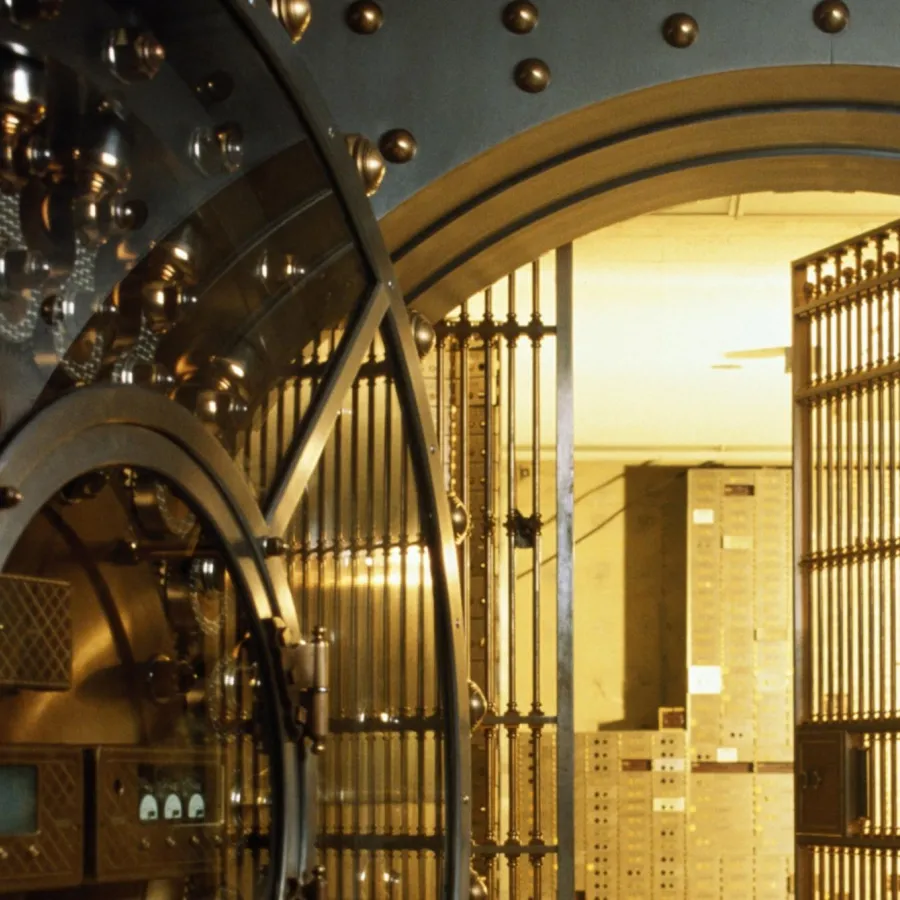Blogs
Helping avoid eDiscovery Icebergs with Nuix Ringtail

Written by Shane Jansz
There’s a feeling in the eDiscovery world that fundamental change is akin to “turning the Titanic.” Many of us believe deep down that, no matter what happens, things will be the same five or even ten years hence. Maybe the names will change (a little) but workflows, processes, and tools will largely remain unchanged.
This perception of slow, incremental change stands in stark contrast to the trends and realities of eDiscovery today. There isn’t just one iceberg looming on the horizon; there are several, and any one of them could stand in the way of success, whatever form that takes for your organization.
THE INFORMATION LANDSCAPE IS CHANGING
There are many ways to look at how information is evolving, including:
- Data volumes are growing
- Data sources are becoming more complex
- Social media continues to expand, especially thanks to mobile devices
- Cloud storage is more ubiquitous and accepted, even in heavily regulated industries
This all leads to an inescapable truth. The tools of yesteryear, while they might still work today, are showing their age. It’s getting harder to conduct discovery using technology that’s falling behind the times.
Our customers have told us that it’s extremely important not only to use an eDiscovery platform that can handle large data volumes at speed and without failing, but that it’s equally important that the platform be easy to use, learn, deploy, grow, and manage.
Oh, and did I mention they also need a platform that includes advanced analytics and predictive coding as a core component, not as an add-on?
UNDERSTAND, NOT JUST PRODUCE
With these challenges at hand, eDiscovery practitioners are also clamoring for greater understanding derived from the information at hand. There isn’t enough time in the day to “discover” the traditional way—people are overworked, with little time in the day to sift through mounds of information with anything resembling inefficiency.
They need a platform that can help draw connections between people, objects, locations, and events (POLE) related to pieces of information, using machine learning and visualizations to help find and make those connections in a meaningful way.
Again, these features can’t be add-ons or afterthoughts; management and reconciliations between different systems just add to the problem, but they’ve been a reality for so long that many professionals just accept them as part of the process.
BUILDING EFFICIENT REVIEW
An efficient review workflow requires some common elements:
- Dynamically linked workspaces
- Conditional coding to increase accuracy
- Coding macros to reduce keystrokes
- Easy redaction with “search and redact”
- Automatic caching to reduce doc-to-doc time
Additionally, an efficient eDiscovery tool is something that’s built specifically for your business. Do you need multi-tenancy or a single-instance infrastructure? What about client, department, or case reporting and management? How about self-service options for non-technical users?
Have any of those really been options in the past?
END-TO-END WITH NUIX RINGTAIL
With our acquisition of Ringtail and eDiscovery partnerships, Nuix is the only company that can provide a complete EDRM solution, from information governance to presentation, that meets these criteria and can help you steer clear of today’s information icebergs.
Let’s face it. Linear review is dead (or dying)—our amazingly efficient Smart Review provides better, faster, more accurate ways to find the evidence that matters and act on it, while also saving money and time compared with our competitors.
I haven’t even begun to discuss Nuix Ringtail’s fully integrated analytics, continuous active learning, predictive coding, technology-assisted review, or other features. We’ll continue to touch on those in future articles, videos, and presentations.











